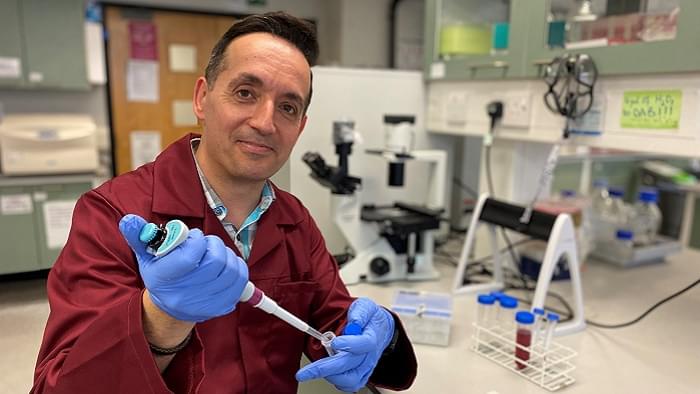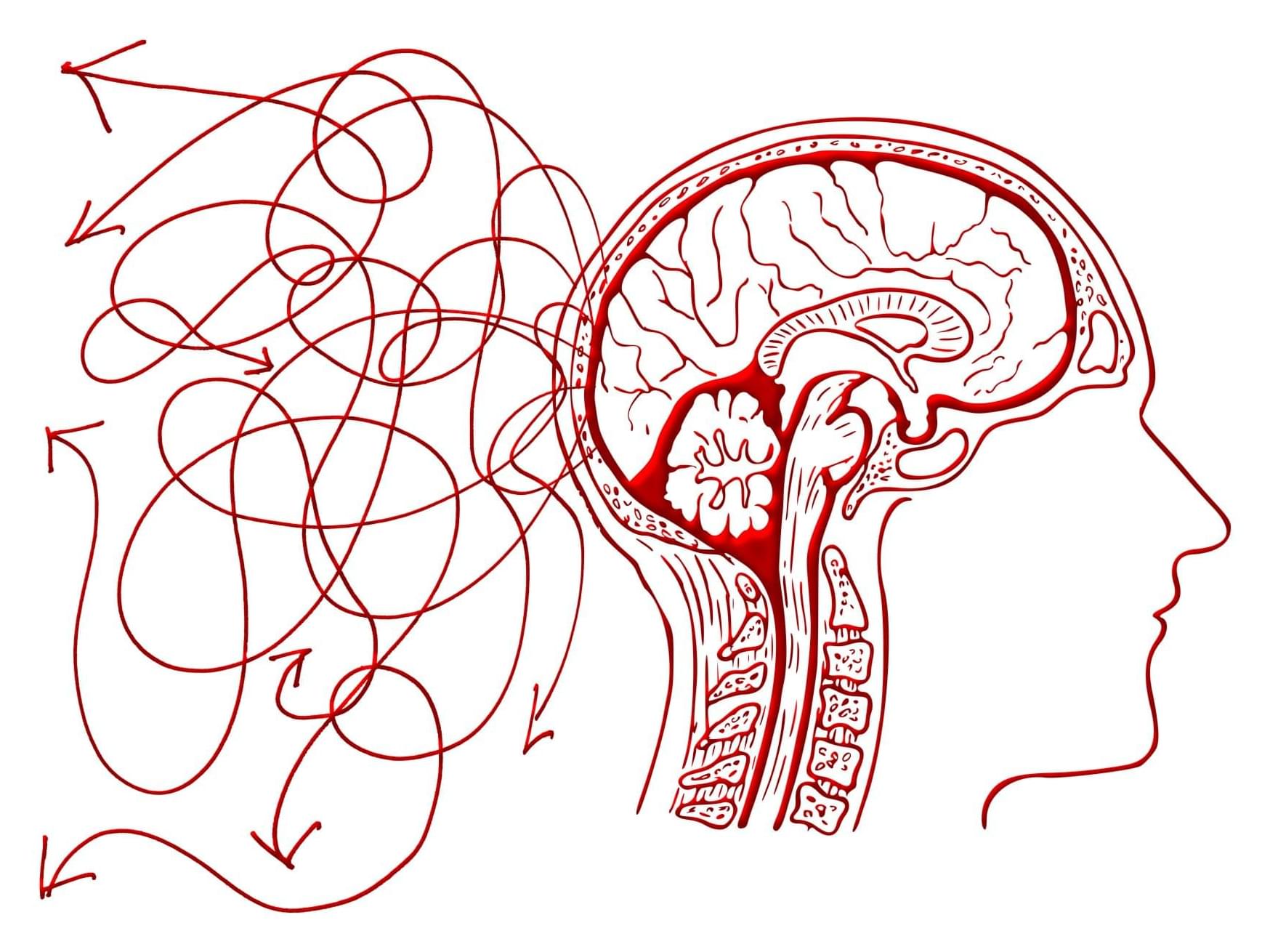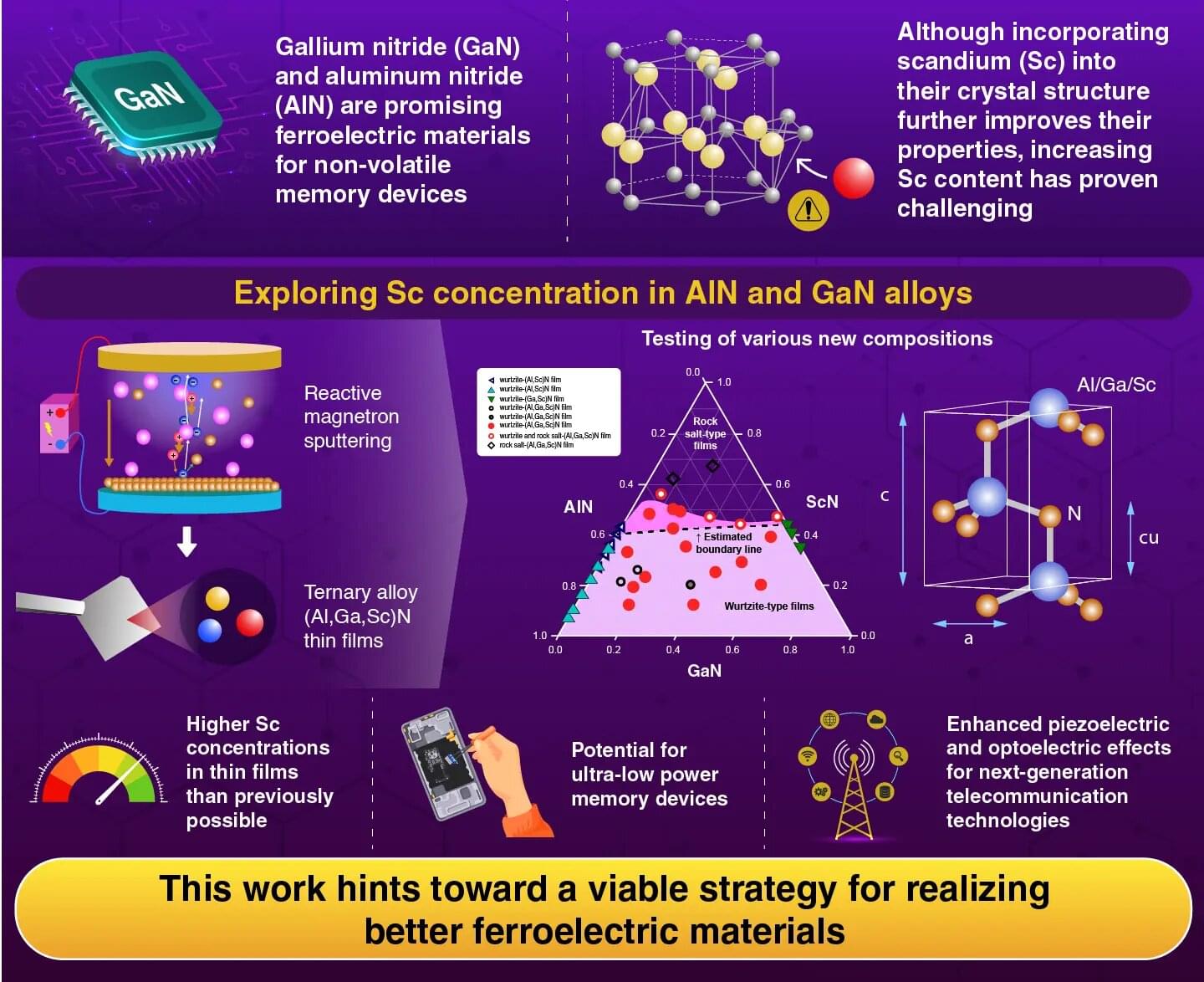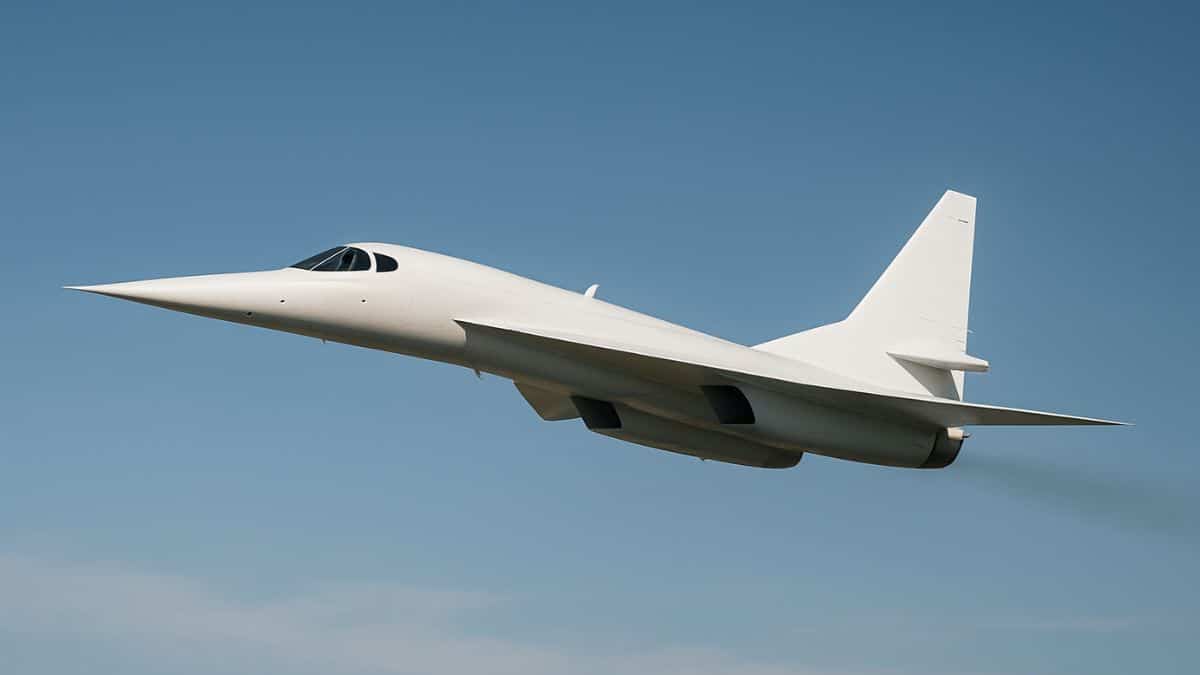Researchers also found that the treatment was safe and well-tolerated. Participants did not report any serious adverse reactions in the follow-up period of 6–12 months.
The most common reaction was a reduction in the number of the immune system’s neutrophils, a type of white blood cell.
“OTOF is just the beginning,” Dr Duan said, adding that researchers were working on other common genes behind deafness such as GJB2 and TMC1.






